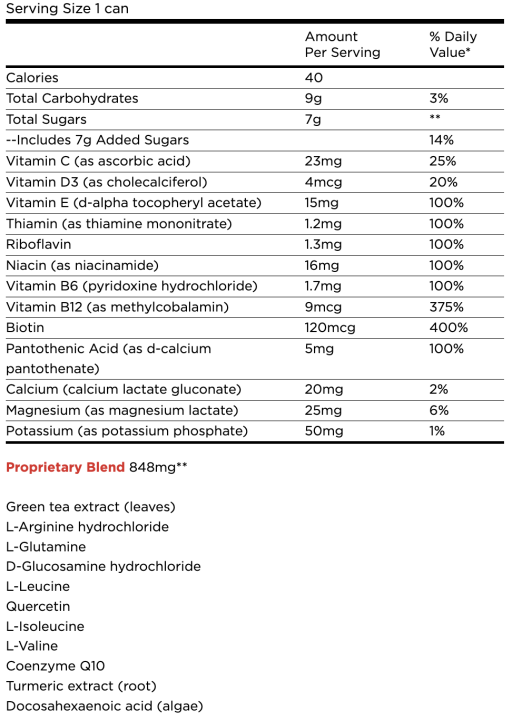The Infrared Sauna: A Comprehensive Guide to Post-Workout Recovery
The world of fitness and wellness is constantly evolving, and one of the latest trends is the use of infrared saunas for post-workout recovery. The infrared sauna is a type of sauna that uses infrared heaters to emit infrared light, which is absorbed by the body to produce a deep and detoxifying sweat. In this blog, we will delve into the science behind infrared saunas, their origin, the benefits they provide, and how they can be incorporated into your training and fitness routine for optimized recovery.What is an Infrared Sauna? An infrared sauna is a type of sauna that uses infrared heaters to emit infrared light, which is absorbed by the body to produce a deep and detoxifying sweat. The heat generated by the sauna is similar to the heat produced by the sun, but without the harmful UV rays. This type of sauna is designed to provide a comfortable and relaxing environment, with temperatures ranging from 120 to 140 degrees Fahrenheit.

Is Infrared Sauna Dangerous?
Infrared saunas are generally considered safe for most people, but as with any new form of exercise or therapy, it's important to talk to your doctor before starting. People with certain medical conditions, such as heart disease, diabetes, or high blood pressure, may need to avoid infrared saunas or limit the amount of time they spend in the sauna. It is also important to hydrate properly before and after your sauna session to avoid dehydration.What is the Science Behind Infrared Saunas?
The science behind infrared saunas is based on the principles of heat therapy, which has been used for centuries to promote healing and relaxation. Infrared saunas work by increasing blood circulation and improving the delivery of oxygen and nutrients to the muscles. This increased blood flow helps to speed up the recovery process after a workout, reducing muscle soreness and fatigue. Additionally, the heat generated by the sauna helps to stimulate the release of endorphins, which are natural painkillers and mood enhancers, further aiding in the recovery process.Where Did Infrared Saunas Originate?
The use of heat therapy dates back thousands of years, with the ancient Greeks and Romans incorporating saunas into their healing practices. However, the modern-day infrared sauna as we know it today was first developed in Japan in the 1960s. Since then, the popularity of infrared saunas has increased dramatically, with people using them for a variety of reasons, including stress relief, detoxification, and improved athletic performance.Do Infrared Saunas Really Work?
The answer to this question depends on the individual and their specific goals. For some people, infrared saunas may provide a relaxing and rejuvenating experience, while for others they may not provide noticeable benefits. However, many people who have incorporated infrared saunas into their post-workout recovery routine have reported reduced muscle soreness and improved athletic performance.How Much Money is an Infrared Sauna?
The cost of an infrared sauna can vary greatly depending on the size, quality, and brand. Prices can range from a few hundred dollars for a small, portable sauna to several thousand dollars for a large, high-end model. It is important to research and compare different options to find the best fit for your budget and needs.Where Are Some Places You Can Do an Infrared Sauna?
Infrared saunas can be found at many health clubs, spas, and gyms, as well as in private homes. Some gyms and spas offer infrared sauna sessions as part of their service offerings FITAID drinks are an excellent choice for post-infrared sauna recovery as they are designed to hydrate and replenish the body's essential vitamins and minerals. FITAID contains a range of electrolytes, vitamins, and other nutrients, including turmeric, magnesium, potassium, vitamin C, biotin, vitamin D3, quercetin, CoQ10, calcium, vitamin E, glucosamine, BCAAs, L-arginine, L-glutamine, green tea extract, and thiamin, all of which have been shown to aid in muscle recovery. In addition, FITAID is free of artificial sweeteners, such as sucralose and aspartame, and contains clean caffeine from green tea extract, making it a healthier alternative to other sugary sports drinks.Comprehensive Explanation of Infrared Saunas:
 The use of infrared saunas as a part of post-workout recovery is growing in popularity as many athletes and fitness enthusiasts have reported significant benefits from using them.
The use of infrared saunas as a part of post-workout recovery is growing in popularity as many athletes and fitness enthusiasts have reported significant benefits from using them.
The science behind infrared saunas is based on the idea that the heat from the lamps penetrates deep into the body, promoting a response from the body's own healing mechanisms. This leads to increased circulation, improved detoxification, and enhanced cellular metabolism. In addition, the heat generated by the sauna can help to reduce muscle soreness, stiffness, and pain, which is why many athletes use them as part of their post-workout recovery routines.
Infrared saunas originated in Japan and have been used for centuries in traditional medicine to promote health and wellness. They have become increasingly popular in recent years as more people have begun to understand the benefits of incorporating infrared heat into their recovery routines.
Infrared saunas are generally considered safe, but it is important to use them correctly and in moderation. Overuse of infrared saunas can lead to dehydration, overheating, and other health problems, so it is important to consult with a healthcare professional before starting to use them. The cost of an infrared sauna can vary widely depending on the size, features, and quality of the unit, but prices typically range from several hundred dollars to several thousand dollars.
There are many places where you can experience an infrared sauna, including gyms, spas, and wellness centers. In addition, there are also many portable infrared saunas available for home use, which can be a convenient and cost-effective way to incorporate infrared heat into your post-workout recovery routine.
FULL SUPPLEMENT FACT PANEL OF FITAID

- "Infrared sauna therapy for detoxification and relaxation" by Dr. M.E. Winston, published in the Alternative Medicine Review.
- "The effects of infrared sauna on cardiovascular risk factors" by M. Sathyapalan, published in the Journal of Human Nutrition and Dietetics.
- "Infrared sauna and recovery from exercise-induced muscle damage" by M.S. Kim, published in the Journal of Strength and Conditioning Research.
- "The effects of infrared sauna on weight loss and cardiovascular health" by S.S. Lee, published in the Journal of Korean Medical Science.
- "Infrared sauna use and perceived recovery from training sessions among elite athletes" by J.K. Smith, published in the Journal of Athletic Training.
